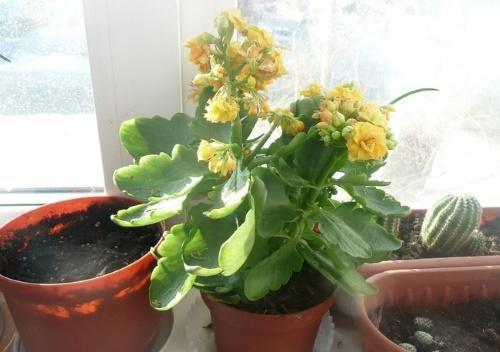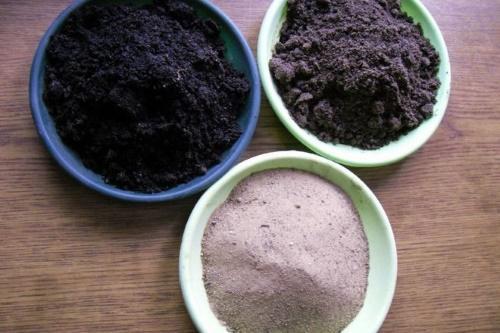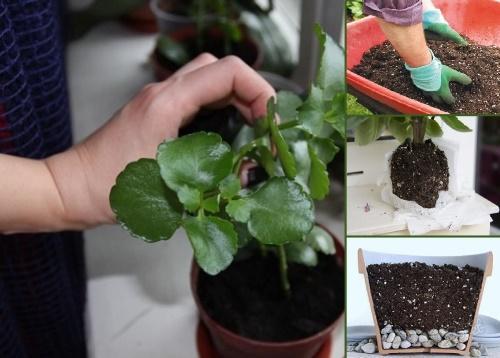Soil for Kalanchoe: basic requirements, frequency of replanting
 The handsome Kalanchoe is one of the most beloved indoor flowers, and its lush green bushes are found on almost every windowsill. Unpretentious character, ease of care and just a gorgeous decorative look, especially during flowering - well, how can you pass by without restraining yourself and not taking a stalk with you?
The handsome Kalanchoe is one of the most beloved indoor flowers, and its lush green bushes are found on almost every windowsill. Unpretentious character, ease of care and just a gorgeous decorative look, especially during flowering - well, how can you pass by without restraining yourself and not taking a stalk with you?
Since the plant belongs to succulents, then the requirements for cultivation are minimal. Some types of Kalanchoe grow well even in the steppes, however, in order for a home flower to please with its inflorescences, it will need to pay a little attention and create suitable conditions. And above all, it concerns the soil. What kind of soil is needed for the Kalanchoe, and how often should the bush be transplanted?
Soil requirements
Like most houseplants, Kalanchoe needs a nutrient medium. A soil mixture for a flower should:
- it is good to pass water and moisture;
- provide adequate nutrition for the root system.
Kalanchoe does not tolerate an increased level of acidity, therefore, the soil must be selected with neutral indicators or additionally lime.
Although the Kalanchoe and succulent, a pure store mix for this type of plant is also not suitable for him, it may contain an insufficient amount of organic matter and sand. The best option is to prepare the earth yourself, purchasing the necessary components separately, namely:
- river sand (1 part);
- sod land (2 parts);
- peat (4 parts).
The flower also grows well in a simpler mixture of ordinary soil from the garden, humus and sand in a 1: 1 ratio with the addition of the same amount of expanded clay chips.
How often to replant?
A store-bought Kalanchoe bush needs transplant, since there it grows in peat or transport soil and is abundantly fertilized to maintain its presentation. At home, feeding is more limited, and the peat itself will not be able to provide the flower with adequate nutrition. Having given him two weeks for adaptation, the Kalanchoe is transplanted into fresh, fertile soil.
It is not advisable to disturb the blooming Kalanchoe, it is better to wait until it fades.
In the future, young plants need an annual replacement of the substrate by transshipment. Instances over 5 years old will themselves prompt you to move to a more spacious pot with partial soil renewal: their roots will begin to grow through holes in the bottom of the pot to drain the water.